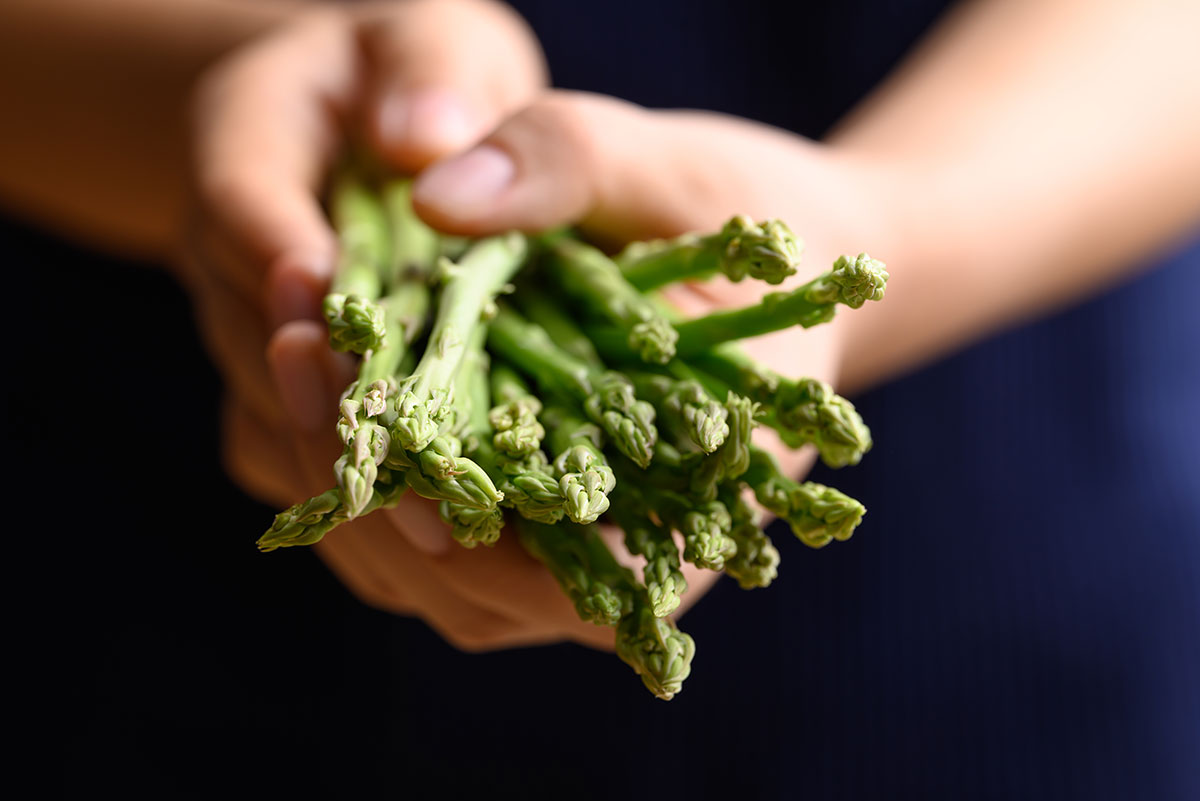Hello, food lovers! I’m Aryn Hala, and today I’m excited to dive into a topic that’s near and dear to my heart: cooking with seasonal produce. Embracing seasonal ingredients not only enhances the flavor of your dishes but also helps in reducing food waste. Let’s explore how you can make the most out of the bounty each season offers, all while being mindful of our environmental footprint.
Why Seasonal Produce Matters
Cooking with seasonal produce is more than just a culinary trend; it’s a practice that brings numerous benefits. Seasonal ingredients are those that are at their peak during a particular time of the year. They are grown in their natural environment, which means they are fresher, more flavorful, and often more nutritious than out-of-season produce.
When you cook with ingredients that are in season, you’re enjoying them at their best. For example, summer brings an abundance of juicy tomatoes and sweet corn, while fall offers hearty squash and crisp apples. Each season’s produce is perfectly suited to the weather and conditions, resulting in better taste and quality.
Maximizing Flavor with Seasonal Ingredients
One of the most exciting aspects of using seasonal produce is the enhanced flavor. Ingredients harvested at their peak have developed full flavor profiles and richer textures. Here’s how you can make the most of this bounty:
Explore Seasonal Recipes
When you cook with seasonal produce, try recipes that highlight the unique flavors of the ingredients available. In spring, for instance, dishes featuring asparagus or artichokes can celebrate their fresh, tender qualities. During summer, incorporate tomatoes, basil, and zucchini into salads and pastas to fully enjoy their vibrant flavors.
Fresh and Simple Preparation
To let the natural flavors shine, use simple cooking techniques that don’t overshadow the produce. Roasting, grilling, and lightly sautéing are excellent methods that enhance the taste without overpowering it. For example, roasting root vegetables like carrots and sweet potatoes caramelizes their natural sugars, making them taste sweeter and more complex.
Experiment with Preservation
Seasonal produce often comes in abundance, so consider preserving some of it for later use. You can freeze fruits and vegetables, make jams, or even try pickling. This not only helps you enjoy the flavors of the season year-round but also reduces food waste. When you’re ready to use your preserved goods, you’ll have a taste of the season’s best even when it’s no longer in season.
Reducing Waste with Smart Planning
Cooking with seasonal produce is also a great way to minimize food waste. Here are some tips to help you use every part of your ingredients and make the most out of what you have:
Plan Your Meals
Before heading to the grocery store or farmers’ market, plan your meals around the seasonal produce available. This helps you buy only what you need and reduces the chances of ingredients going unused. Make a list of recipes you want to try and check which produce is in season to guide your shopping.
Use the Whole Vegetable or Fruit
Many fruits and vegetables have parts that are often discarded but are actually edible and nutritious. For example, beet greens can be sautéed like spinach, and radish tops can be used in salads or pestos. By using the whole vegetable, you reduce waste and make the most of your ingredients.
Store Properly
Proper storage can extend the life of your produce and reduce spoilage. Keep fruits and vegetables in the right conditions—some items do better in the fridge, while others should be stored at room temperature. Use airtight containers to keep herbs fresh longer and avoid storing fruits and vegetables together, as some produce can speed up the ripening of others.
Connecting with Local Farmers
Buying from local farmers’ markets or joining a Community Supported Agriculture (CSA) program can deepen your connection to seasonal eating. When you know where your food comes from, you gain insight into the seasonal rhythms of your region. Many farmers are happy to share tips on how to prepare their produce and might even provide recipe ideas.
Supporting local farmers also contributes to a more sustainable food system. By purchasing from them, you reduce the carbon footprint associated with long-distance transportation and support the local economy. Plus, you often get to enjoy fresher and more diverse produce that might not be available in larger supermarkets.
Seasonal Eating as a Lifestyle
Adopting a seasonal eating approach is not just about choosing the right ingredients; it’s about embracing a lifestyle that values freshness, sustainability, and creativity. By focusing on what’s in season, you can create meals that are both delicious and environmentally friendly.
Seasonal cooking encourages us to adapt to the changing times and to appreciate the natural cycles of food production. It’s a practice that fosters mindfulness about where our food comes from and how we use it.
Conclusion
Cooking with seasonal produce offers a wonderful way to maximize flavor and minimize waste. By embracing the bounty of each season, you not only enhance your culinary creations but also contribute to a more sustainable food system. From exploring seasonal recipes to reducing waste with smart planning, there are countless ways to make the most of what’s in season. I hope these tips inspire you to get creative in the kitchen and enjoy the full spectrum of flavors that each season has to offer. Happy cooking!
